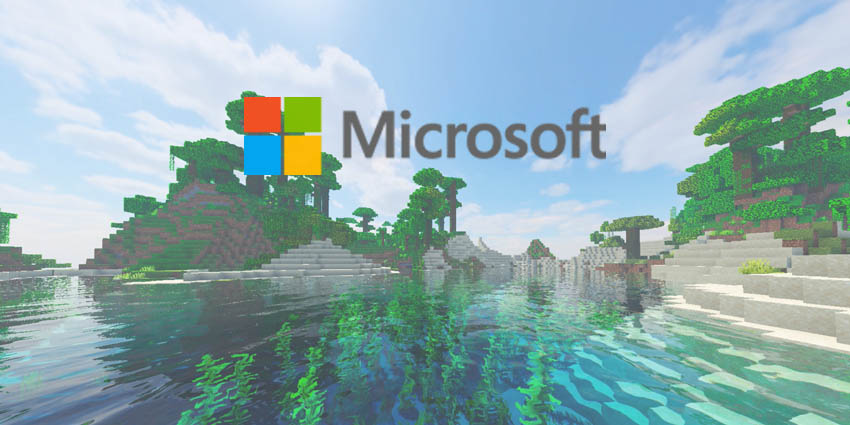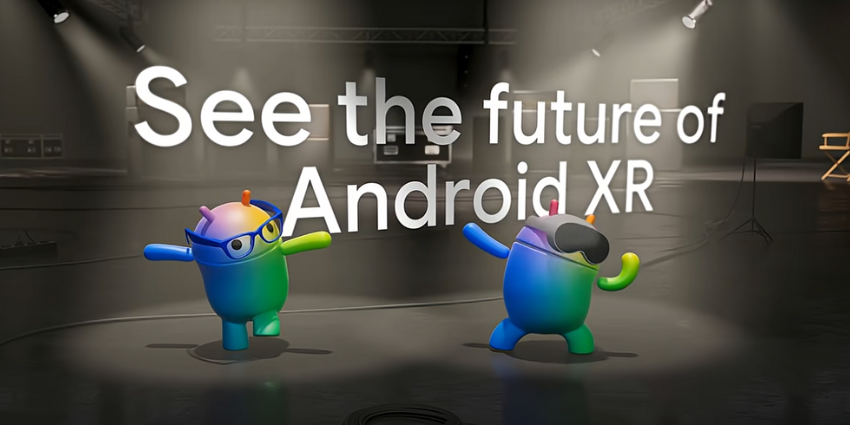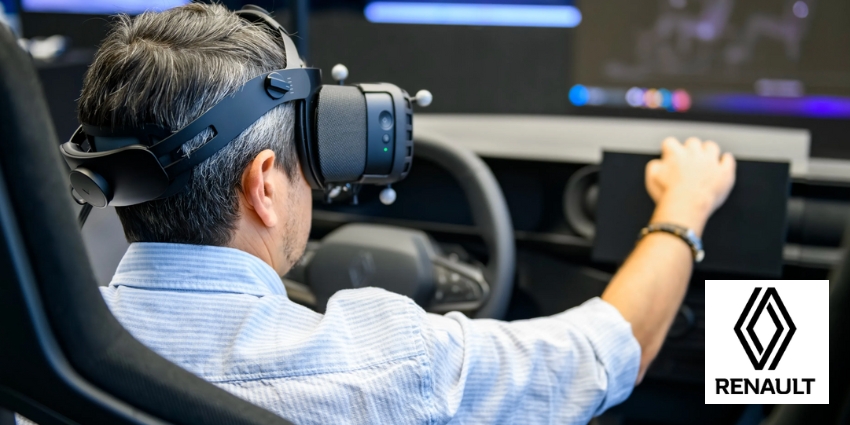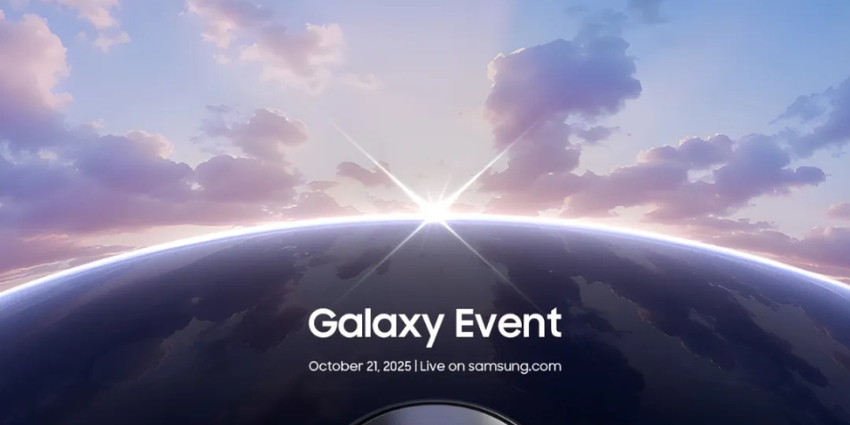The Metaverse, a merger of spatial computing and the internet, aims to become the next platform for human connectivity after the Internet. The Web 3.0 system of interconnected virtual worlds requires an unprecedented level of cooperation, technological ingenuity, and interoperability to succeed.
The gaming industry has become the precursor to the Metaverse, with decades of human-computer interfacing (HCI), artificial intelligence (AI), cloud computing, and other emerging technologies powering advanced digital worlds taking shape through an industry larger than film and cinema.
Christopher Covert, A Director in Mixed Reality Government at Microsoft, explored at the Immerse Global Summit’s Metaverse 2.0 event the critical support the gaming industry had supplied to the extended reality (XR) sector’s development of the Metaverse via key technologies.
The Gaming Industry: Precursor to the Metaverse?
Covert began by explaining how building the Metaverse required knowledge of four “technical pillars”, or the user experience (UX), user interface (UI), developer environment, and the market economy.
Gaming engine technologies would remain instrumental to developing the Metaverse as they could host and apply physics to 3D assets. Successes in developing a strong platform would lead to reshaping how people “market [transactions] and use goods in a 3D space” backed by non-fungible tokens (NFTs).
Covert told the audience,
“If you watch the news, you’ll see folks like Nike making acquisitions of blockchain startups and hiring experts in NFTs, and places like Wingstop filing trademarks to sell chicken wings in the Metaverse — like, I’m not even kidding — that is the level that we’re at right now in building the economy for the Metaverse”
Citing Satya Nadella, Microsoft’s Chief Executive, Covert explained how the Metaverse would involve putting “people, places, and things in a physics engine [to] relate to each other.”
The gaming industry had historically worked to achieve this, and Microsoft’s efforts to grow its XBOX gaming vertical had become an “accelerator to the Metaverse,” Covert said, adding interoperability across platforms was a key focus for his firm and others.
Defining ‘serious gaming,’ Covert told the audience,
“In a world of real, complex challenges to solve, we have ‘serious gaming’, or the use of game technology to solve gnarly non-gaming problems. [This industry] represents the digital transformation of immersive systems, training, digital twins, modelling and simulation, and if you break away from the economic part of the Metaverse, and focus solely on the UI, the UX, and development environment concerns in the last slide, you can see that serious gaming communities are already building these tools for mass markets”
The recent rise in 3D experiences and creation of virtual worlds, among others, created numerous ‘first steps’ to develop the Metaverse, which could use its frameworks to develop experiences across sectors.
Large-scale virtual environments required “ingesting and computing massive amounts of data,” handling secure, sensitive, and potentially classified data, using artificial intelligence (AI) and machine learning (ML) to streamline UX and “make quick decisions,” visualising 3D worlds, and facilitate collaboration, among many others, he said.
Microsoft’s Gaming Metaverses
Covert linked his discussion to several of Microsoft’s top-selling Metaverse gaming platforms — Minecraft, Halo: Infinite, Flight Simulator, and Forza — which have significantly developed Microsoft’s Metaverse technologies.
Minecraft’s infinite sandboxing capabilities gained the company 141 million monthly active users, which required an “incredibly large and robust server infrastructure to support it,” he said.
To date, Minecraft is the world’s top-selling game in history at over 238 million copies, according to figures, and the game is backed by Microsoft’s Azure cloud server platform.
Microsoft Flight Simulator had created a “living, breathing world” complete with over 37,000 airports, 1.5 billion buildings, and 2 trillion 3D assets.
Digital assets on the hit title included roads, trees, rivers, and others from Bing Maps and data from partnered companies, totalling 3.5 petabytes, or 3,500 terabytes and 3,500,000 gigabytes.
The game also incorporates live traffic information, real-time car traffic and weather to create unrivalled realism to “make the earth feel as real as possible.”
He continued, stating,
“It’s this level of world creation that, you know, I’m super excited about. It’s pretty unbelievable, and I’m excited to see where this industry takes it, you know, moving forward”
He added that Microsoft’s Forza racing games leveraged ML to create AI-powered driving competitors capable of realistic drive tournaments and using “millions and millions” of real racing lap data.
Forza also leveraged its AI Drivatar solution to create a snapshot of users’ playing data such as “predictive braking driver aggression and line-following behaviours” to mirror human driving habits.
Halo, one of Microsoft’s longest-running XBOX franchises at 20 years, allows users to interact with HUDs for greater immersive experiences and inspires augmented reality systems such as the company’s HoloLens series of mixed reality (MR) headsets.
Microsoft’s Azure servers provided remote rendering to stream complex models in the cloud to headsets as well as spatial anchors via the device’s LIDAR sensors for full immersion for multiple users. The platform also facilitates Microsoft Mesh for immersive, interoperable, and persistent collaboration.
The news comes after Microsoft bought out Activision Blizzard in January in a record $68.7 billion USD sale to build the next generation of Metaverse technologies and expand its product lineup. The Activision ecosystem include games such as the acclaimed Call of Duty series, Candy Crush, Diablo, and Overwatch.
The online Immerse Global Summit’s Metaverse 2.0 event gathered some of the XR industry’s top enterprises, thought leaders, organisations, and researchers to discuss the most vital topics on developing the future spatial communications platform.
Companies such as Niantic, Lenovo, Meta Platforms, Varjo Technologies, Vuzix, ROOOM, Microsoft, AMD and many others attended the event to deliver insights to the global XR community.







